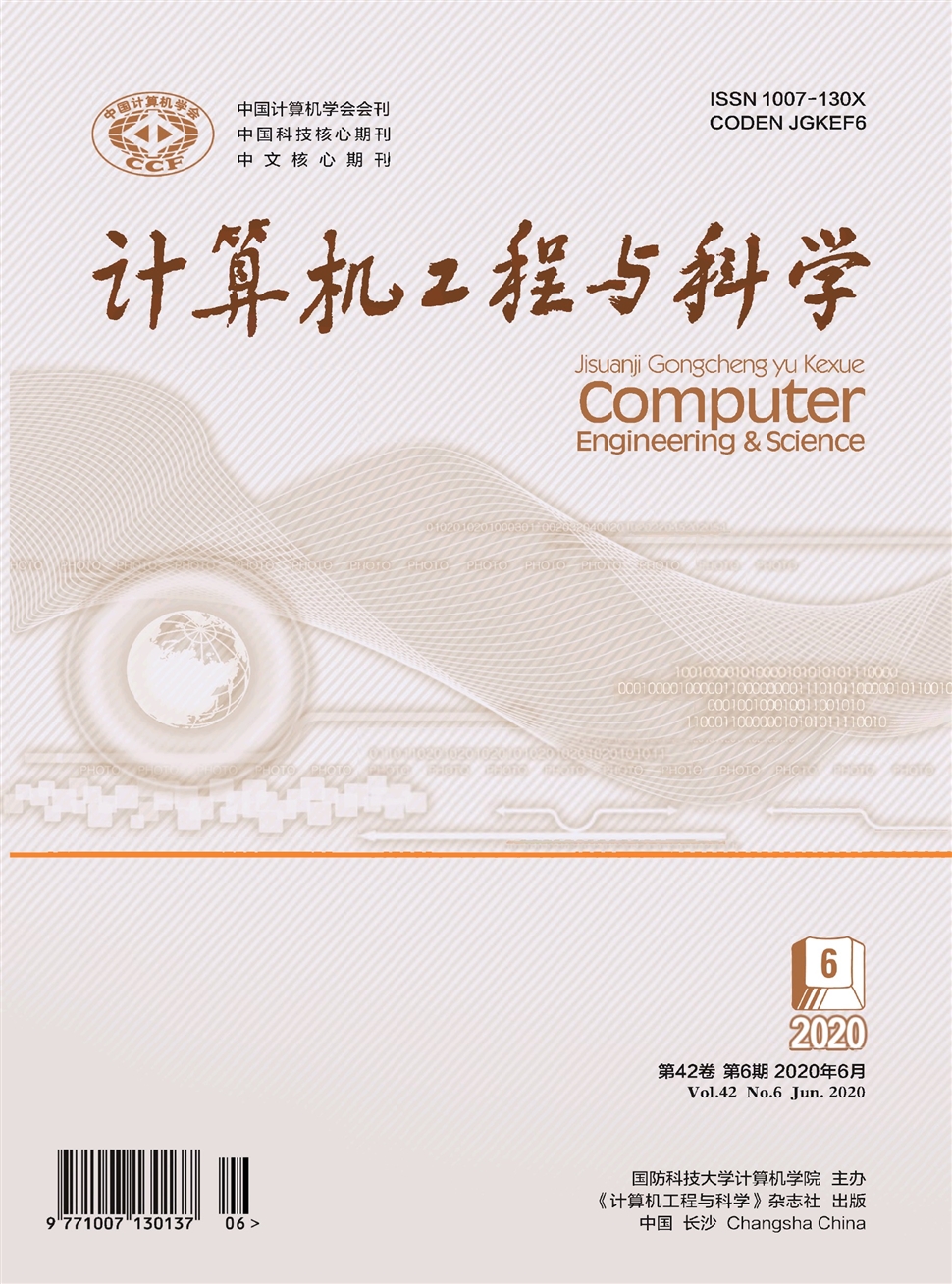提出一种低剂量医学CT图像重建方法,能够在少视角投影或低X-射线管电流投影的情况下保证重建图像的质量。减少扫描视角的数量或者降低X-射线管电流强度均可以降低辐射剂量,从而减少X射线对人体伤害,但是前者会造成扫描数据欠完备,后者会使投影数据信噪比指数下降,传统算法不能保证重建图像满足诊断要求。提出一种离散剪切波变换正则化的低剂量CT图像统计迭代重建算法,在数据保真项加入符合数据统计特性的系数加权,以降低噪声对重建结果的影响,并将待建图像在剪切波域可以稀疏表示作为先验信息,利用增广拉格朗日方法将此先验信息作为正则化项加入目标函数,缩小了解空间,使不完备投影数据获得稳定而准确的重建。实验数据表明,重建图像在投影数据远远不满足完备性条件,或投影数据信噪比急剧下降的情况下,本算法能够重建出高质量图像。在辐射剂量降低到滤波反投影FBP算法的10%甚至更低时仍然能够得到清晰保留结构细节的重建图像。
Though reducing the number of projection angles or lowering the current intensity of X-ray tube can reduce radiation dose and therefore alleviate damage to human bodies, the former measure can result in incomplete projection data while the later causes a declined signal to noise ratio of projection data. We propose a low-dose CT image statistical iterative reconstruction algorithm based on sparsity constraint in shearlet domain. The statistical weighting coefficient of data fidelity terms is introduced to reduce the influence of noise on the reconstruction results, and the sparse representation of intermediate images in shearlet domain is added into the objective function as a regularization item by means of the augmented Lagrangian method so as to narrow down the solution space and obtain stable and accurate reconstruction from incomplete projection data. According to experimental data, this algorithm can get high-quality images when projection data is far from completeness or the signal to noise ratio of projection data declines sharply. The proposed algorithm can be used for attaining reconstructed images that clearly keep structural details when the radiation dose is decreased to 10% of the filtered back projection (FBP) or even lower degrees.
| [1] | 张贵仓, 王静, 苏金凤. 改进稀疏表示与积化能量和的多聚焦图像融合[J]. 计算机工程与科学, 2022, 44(01): 124-131. |
| [2] | 何选森, 徐丽, 夏娟 . 具有相似性传播的K-均值欠定盲分离算法[J]. 计算机工程与科学, 2021, 43(10): 1880-1890. |
| [3] | 张丽霞, 曾广平, 宣兆成. NSST域下SPCNN与SR结合的多源图像融合[J]. 计算机工程与科学, 2020, 42(11): 2042-2049. |
| [4] | 李燕,章玥. 基于随机投影与加权稀疏表示残差的光照鲁棒人脸识别方法[J]. 计算机工程与科学, 2018, 40(11): 2015-2022. |
| [5] | 王威1,2,张佳娥1,2. 基于引导滤波和shearlet稀疏的遥感图像融合算法[J]. 计算机工程与科学, 2018, 40(08): 1453-1458. |
| [6] | 王威1,2,张佳娥1,2. 基于引导滤波和shearlet稀疏的遥感图像融合算法[J]. 计算机工程与科学, 2018, 40(07): 1250-1255. |
| [7] | 杨培1,高雷阜1,王江1,訾玲玲2. 基于稀疏表示与字典学习的彩色图像去噪算法[J]. 计算机工程与科学, 2018, 40(05): 842-848. |
| [8] | 殷俊1,2,杨万扣3. 基于局部表示的分类方法及其人脸识别应用[J]. 计算机工程与科学, 2018, 40(03): 500-506. |
| [9] | 刘作军,高尚兵. 基于结构化低秩表示和低秩投影的人脸识别算法[J]. 计算机工程与科学, 2018, 40(01): 108-115. |
| [10] | 贾晋华,于洁潇,刘开华,赵宇. 导向矢量失配情况下基于稀疏表示的波达方向估计算法[J]. 计算机工程与科学, 2017, 39(11): 2016-2021. |
| [11] | 李骥,王艳然,王威. 基于扩展字典稀疏表示分类的遥感目标识别[J]. 计算机工程与科学, 2017, 39(08): 1508-1512. |
| [12] | 麦超,邹维宝. 稀疏受限玻尔兹曼机研究综述[J]. 计算机工程与科学, 2017, 39(07): 1379-1384. |
| [13] | 袁奕珊,陈姝. 基于稀疏表示的可变形部件模型目标检测[J]. 计算机工程与科学, 2017, 39(05): 999-1004. |
| [14] | 陈清江,张彦博,柴昱洲,魏冰蔗 . 结合区域特性的有限离散剪切波图像融合[J]. 计算机工程与科学, 2017, 39(02): 351-358. |
| [15] | 杨方方1,吴锡生1,顾标准2. 基于低秩子空间投影和Gabor特征的稀疏表示人脸识别算法[J]. 计算机工程与科学, 2017, 39(01): 131-137. |

